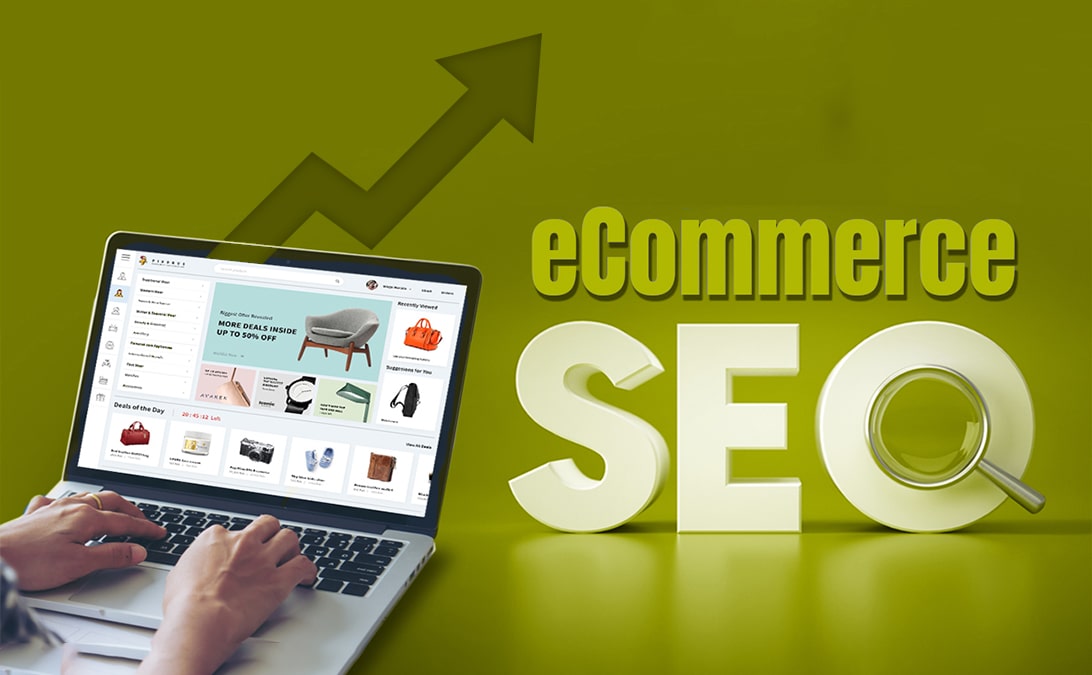In the rapidly evolving world of e-commerce, Search Engine Optimization (SEO) has become a cornerstone for driving traffic and boosting sales. As online businesses grow, the competition for visibility on search engines intensifies, leading many brands to explore new tools and strategies for optimizing their websites. While there are numerous tools designed to enhance e-commerce SEO, not all of them are worth the investment or time. Some emerging SEO tools may promise quick fixes or cutting-edge solutions, but they can be ineffective or even counterproductive in the long run. In this article, we’ll explore several e-commerce SEO tools that businesses should be cautious about using—tools that, while promising, may do more harm than good.
1. Automated Content Generation Tools
Content is at the heart of SEO. High-quality, informative content helps engage visitors, builds authority in your niche, and improves search engine rankings. However, in the quest to produce more content quickly, some businesses are turning to automated content generation tools that promise to churn out articles, product descriptions, and blog posts with little human effort. These tools typically use artificial intelligence (AI) to scrape the web for relevant data and rewrite it in a new format.
While this may sound like a quick and cost-effective solution, the reality is that automated content often lacks originality, depth, and value. Search engines, particularly Google, have become increasingly adept at identifying low-quality or duplicate content. Websites that rely heavily on AI-generated content risk being penalized for thin or unhelpful information. Moreover, automated content can lead to a disconnect between the brand and its audience, as it often lacks the authentic voice that customers connect with.
Top-tier e-commerce websites should focus on creating well-researched, high-quality content that answers user queries and provides real value. Rather than relying on automated tools, businesses should invest in skilled copywriters and content strategists who can produce unique, engaging, and informative material.
2. Link Building Tools with Questionable Tactics
Link building is one of the most important aspects of SEO, but it’s also one of the trickiest. Earning backlinks from reputable sources signals to search engines that your website is trustworthy and valuable. However, not all link-building tools are created equal. Some emerging platforms offer quick ways to acquire backlinks, often using questionable or black-hat tactics that can do more harm than good.
Tools that promise “instant backlinks” or offer large volumes of low-quality links for a flat fee should be approached with caution. These tools typically rely on link farms, irrelevant directories, or other dubious sources that can lead to penalties from Google. Google’s algorithm has become more sophisticated in detecting unnatural linking patterns, and websites that engage in manipulative link-building practices can be severely penalized or even de-indexed.
Instead of relying on tools that promise quick and easy backlinks, businesses should focus on building high-quality, organic backlinks through outreach, content marketing, partnerships, and influencer collaborations. This approach may take more time and effort, but the long-term benefits far outweigh the risk of being penalized by search engines.
3. Keyword Stuffing Tools
While keywords are fundamental to SEO, their overuse can have a detrimental effect. Keyword stuffing—incorporating an excessive number of keywords into web content in an unnatural or forced manner—was once a common tactic used to rank higher in search results. However, Google’s algorithm has evolved to penalize websites that engage in this practice, as it results in a poor user experience and low-quality content.
Some emerging SEO tools continue to promote keyword stuffing as an effective strategy. These tools often suggest cramming as many keywords as possible into product descriptions, titles, and metadata, based on keyword density targets or search volume metrics. However, keyword stuffing doesn’t provide value to users and leads to poor readability. Moreover, search engines are now more focused on user intent and relevance than keyword frequency, meaning keyword stuffing is no longer an effective strategy for ranking.
Instead of relying on tools that promote keyword stuffing, e-commerce businesses should prioritize natural, context-driven use of keywords. Focus on writing content that answers users’ queries, provides value, and integrates keywords in a way that feels organic and relevant to the user’s experience.
4. SEO Tools with Overly Complex Analytics
There’s no shortage of SEO tools that promise to help businesses optimize their websites by providing complex analytics, detailed reports, and vast amounts of data. While data is undoubtedly useful, some emerging SEO platforms overwhelm users with an excess of metrics and analytics that can ultimately detract from the core focus of the business: optimizing user experience and increasing conversions.
Many of these tools provide such granular data that it becomes difficult to discern what’s actually important for e-commerce success. Metrics like keyword rankings, organic traffic, page speed, bounce rates, and backlinks are all crucial, but when presented in a complex and overwhelming format, it can be hard for marketers to know where to focus their attention.
For smaller e-commerce businesses, overanalyzing data can lead to decision paralysis. Rather than drowning in complex analytics, businesses should focus on the key metrics that drive performance—such as conversion rate, user engagement, and keyword optimization—and use simpler, more intuitive tools that allow them to track these metrics effectively without becoming bogged down by unnecessary details.
5. Duplicate Content Detection Tools with Low Accuracy
Duplicate content—content that appears in more than one place on the web—can harm your SEO efforts, as search engines may struggle to determine which version of the content should be ranked. For e-commerce websites, where product descriptions and category pages often have similar or identical text across different parts of the site, managing duplicate content is crucial for maintaining good SEO health.
While some SEO tools claim to detect duplicate content across websites and pages, not all of these tools are accurate. Inaccurate detection can lead to unnecessary content revisions or even the unintentional removal of content that is important for user experience. Additionally, some tools that claim to detect duplicate content may not be able to distinguish between legitimate instances of duplicated content (like product descriptions) and those that could be deemed as problematic.
E-commerce businesses should exercise caution when using duplicate content detection tools, particularly those that offer false positives. Instead of relying on tools that flag content inaccurately, businesses should manually assess their content strategy, ensuring that each product page is optimized with unique and relevant descriptions. Where duplicate content is necessary (such as on product category pages), businesses can use canonical tags to signal to search engines which version of the page should be indexed.
6. Automatic Image Optimization Tools with Low-Quality Results
Images play a significant role in e-commerce SEO, as they directly impact both user experience and site speed. Optimizing images for faster loading times and better searchability is crucial, but some emerging tools that automate image optimization can produce poor results. These tools often compress images too much or fail to add the right alt text, ultimately reducing the quality of the visuals and harming the website’s accessibility and SEO performance.
While automatic image optimization tools are certainly convenient, they may compromise the visual quality of images, especially if they don’t properly balance compression and quality. Additionally, some tools neglect to optimize alt tags, which are essential for SEO and accessibility. Alt text helps search engines understand the content of images, and it also provides context for visually impaired users.
Rather than relying solely on automated image optimization tools, businesses should manually optimize images by compressing them for faster loading times while ensuring that alt text is included, descriptive, and keyword-rich where appropriate.
Conclusion
As e-commerce businesses strive to enhance their online presence and improve their SEO performance, the tools they choose to implement are of paramount importance. While emerging SEO tools promise to simplify processes and boost rankings, some of these tools can lead to poor results or even penalties if not used carefully. It’s essential for businesses to stay informed about the limitations and risks associated with certain SEO tools and focus on strategies that prioritize user experience, ethical practices, and long-term results. By avoiding the tools that promise shortcuts or rely on outdated tactics, e-commerce businesses can build a solid, sustainable SEO foundation that will drive meaningful traffic, improve customer engagement, and ultimately lead to increased conversions.






